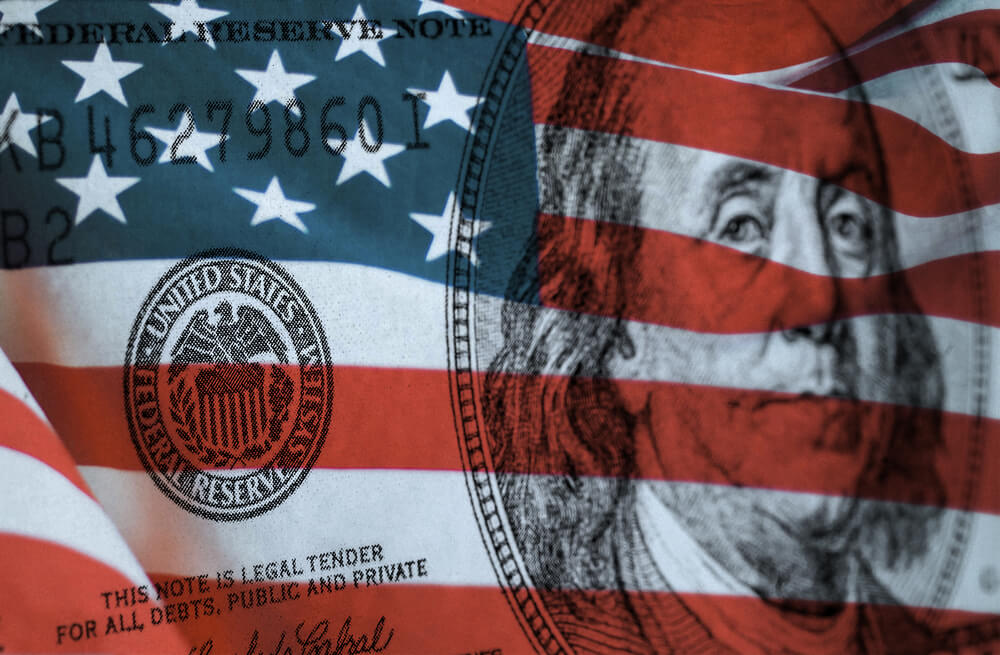Despite a massive infusion of quantitative easing by the Federal Reserve, surging debt around the world is going to push the U.S. dollar even higher.
In an effort to stop an unprecedented rise in the dollar and prop up stocks, the Federal Reserve pumped billion of dollars of liquidity into the system.
The latest round of QE gave the Department of the Treasury the money needed to support asset prices as markets were starting to tank.
However, it has done little to slow down the value of the U.S. dollar. And current conditions around the world will push the dollar even higher.
‘In a word, Europe. In Another Word, Debt’
Dollar-dominated debt has ballooned around the world, which has fueled demand, according to Money & Markets contributor and economist Tom Luongo.
That debt saturation is pushing the global economy deeper into a recession. It’s put pressure on political institutions and weakened local currencies — all of which push the dollar higher.
But Luongo said the future of the dollar comes down to two things.
“In a word, Europe. In another word, debt,” he said. “The chief issue is the political instability of Europe which should become acute over the rest of the year as Italy and Germany stay at loggerheads over Eurobonds and bailouts.”
The Latest Round of QE
Recently, Fed policy can be summarized as “flooding the economy with money,” to help support stocks, municipal bonds and junk bond debt.
“The policy response is to fill that gaping maw of deflating asset prices with money to keep prices up,” Luongo said. “This is exactly the wrong thing to do, but the people in charge of the system are the ones who are losing the most through this deflation, so they are acting in their best interest, not at all in the best interest of the people.”
He added there was plenty of demand for Treasury debt around the world. Central banks and foreign banks “look for high-quality collateral to shore up their interbank market access.”
But the intended reaction to the Fed’s latest QE policy hasn’t even brought the markets up enough. Today, Wall Street continues to fluctuate as oil prices plummet and first-quarter earnings push investor sentiment downward.
U.S. Dollar Rise Bad for Emerging Markets
One area of the global economy getting ripped because of the jump in the U.S. dollar is emerging markets.
When the dollar goes up, so does the value of any debt held overseas, if it’s repayable in U.S. dollars. Luongo said there is nearly $73 trillion in dollar-dominated debt around the world.
“Everything we’ve seen from a policy perspective for the past three years has been in service of stemming a rising dollar,” Luongo said. “Emerging markets are and will continue to get hammered on increased dollar demand.”
Central banks have attempted to defend their currencies, but it has done little. The Fed’s QE bazooka, applied at specific times, has stopped the dollar’s meteoric rise.
But there is a big consequence coming.
“Just wait until the Fed can’t control the long end of the yield curve after emerging markets go bankrupt and default and banks fail,” Luongo said. “Then we’ll see interest rates rise here, blowing our budget deficits out to the moon.”
But Luongo said the future of the U.S. dollar rests on one thing: “Europe’s instability is the fulcrum on which the near-term future of the dollar and, really, the world economy hinges.”





